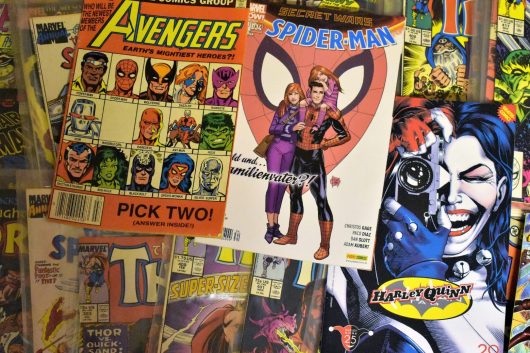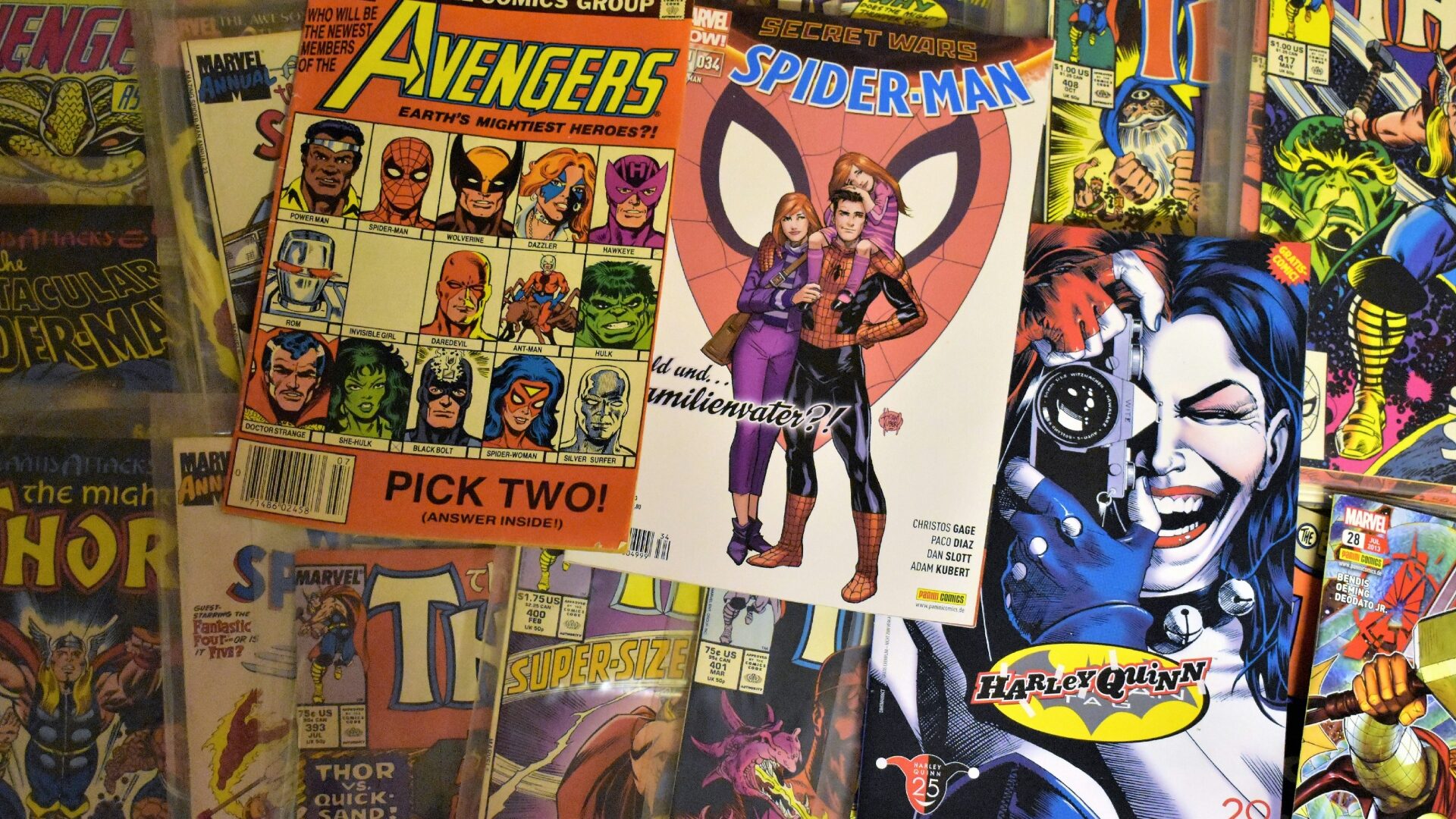


Excellent comics distill audacious concepts into distinct panels, rhythm, and color. A concise starter list saves time, reduces choice paralysis, and directs attention straight to books that transformed the medium. The comics listed below strike a balance between influence, accessibility, and re-read value to maintain high momentum from start to finish.
In business contexts, platforms like Altenar demonstrate how integrated tools eliminate friction and facilitate quicker decision-making. A reading plan employs similar principles: gather essentials, establish straightforward rules, and keep the journey from interest to page brief.
How this curated list was created
Every comic presents at least one enduring innovation, clear storytelling, and availability in dependable editions. The order is designed for flow for new readers, rather than for hierarchy. A variety of genres is crucial, allowing the collection to transition through memoir, crime, fantasy, superhero conventions, and formal experimentation seamlessly.
Ten fundamentals that form a contemporary comics education
- Watchmen (Alan Moore, Dave Gibbons) – grid discipline, visual callbacks, political edge.
- Maus (Art Spiegelman) – memory, survival, and narrative ethics wrapped in stark symbolism.
- The Sandman (Neil Gaiman) – myth and literature intricately woven into serial fantasy.
- Batman: Year One (Frank Miller, David Mazzucchelli) – grounded origin story with noir precision.
- Saga (Brian K. Vaughan, Fiona Staples) – space opera infused with domestic essence and sharp wit.
- Persepolis (Marjane Satrapi) – coming-of-age amidst revolution, minimal lines, maximum clarity.
- V for Vendetta (Alan Moore, David Lloyd) – themes of identity, propaganda, and resistance.
- From Hell (Alan Moore, Eddie Campbell) – Victorian investigation with a daring structure.
- Ms. Marvel: Kamala Khan (G. Willow Wilson and team) – modern heroism grounded in community values.
- The Killing Joke (Alan Moore, Brian Bolland) – psychological clash with meticulous staging.
Each title secures its place through lasting craftsmanship: panel rhythm that imparts pacing, color that directs emotion, and text that honors silence as much as dialogue.
What elevates these books beyond mere hype
Form and theme intertwine. Watchmen’s nine-panel grid transforms time into design. Sandman shows that short stories can drive a long arc without unnecessary filler. Year One and The Killing Joke illustrate how light, shadow, and urban textures set the mood. Maus and Persepolis manage heavy topics with restraint, revealing how simple lines can convey complex truths. Saga affirms that tenderness and pulp can coexist on the same page without diminishing each other.
Context enhances value. Publication histories, editorial changes, and creator anecdotes shed light on why certain choices remain relevant. A few notes in the margins can transform subsequent readings into crafting lessons instead of mere repetitions.
Reading strategy that sustains energy
Long series flourish with rhythm. One trade per week for Sandman or Saga preserves continuity without causing exhaustion. Dense titles like Watchmen and From Hell benefit from larger print or high-resolution digital versions. Standalone memoirs can serve as palate cleansers between heavier narratives.
Libraries, independent bookstores, and digital platforms provide alternative routes. Deluxe editions feature essays and process pages, while paperbacks are portable and encourage sharing. A small collection of six to ten volumes can serve as a permanent toolkit for enjoyable reads and study.
Preparation tips for an easier start:
Before proceeding to checkout with your comics, a bit of planning reduces friction and keeps the focus on narrative, not logistics.
- Intentionally mix formats: oversized hardcovers for complex layouts
No Comments
To comment you need to be logged in!